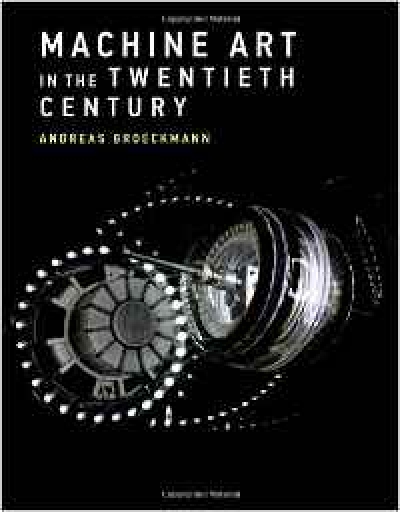
Machine Art in the Twentieth Century
"Machine art" is neither a movement nor a genre, but encompasses diverse ways in which artists engage with technical systems. In this book, Andreas Broeckmann examines a variety of twentieth- and early twenty-first-century artworks that articulate people's relationships with machines. In the course of his investigation, Broeckmann traces historical lineages that connect art of different periods, looking for continuities that link works from the end of the century to developments in the 1950s and 1960s and to works by avant-garde artists in the 1910s and 1920s. An art historical perspective, he argues, might change our views of recent works that seem to be driven by new media technologies but that in fact continue a century-old artistic exploration.
Broeckmann investigates critical aspects of machine aesthetics that characterized machine art until the 1960s and then turns to specific domains of artistic engagement with technology: algorithms and machine autonomy, looking in particular at the work of the Canadian artist David Rokeby; vision and image, and the advent of technical imaging; and the human body, using the work of the Australian artist Stelarc as an entry point to art that couples the machine to the body, mechanically or cybernetically. Finally, Broeckmann argues that systems thinking and ecology have brought about a fundamental shift in the meaning of technology, which has brought with it a rethinking of human subjectivity. He examines a range of artworks, including those by the Japanese artist Seiko Mikami, whose work exemplifies the shift.











